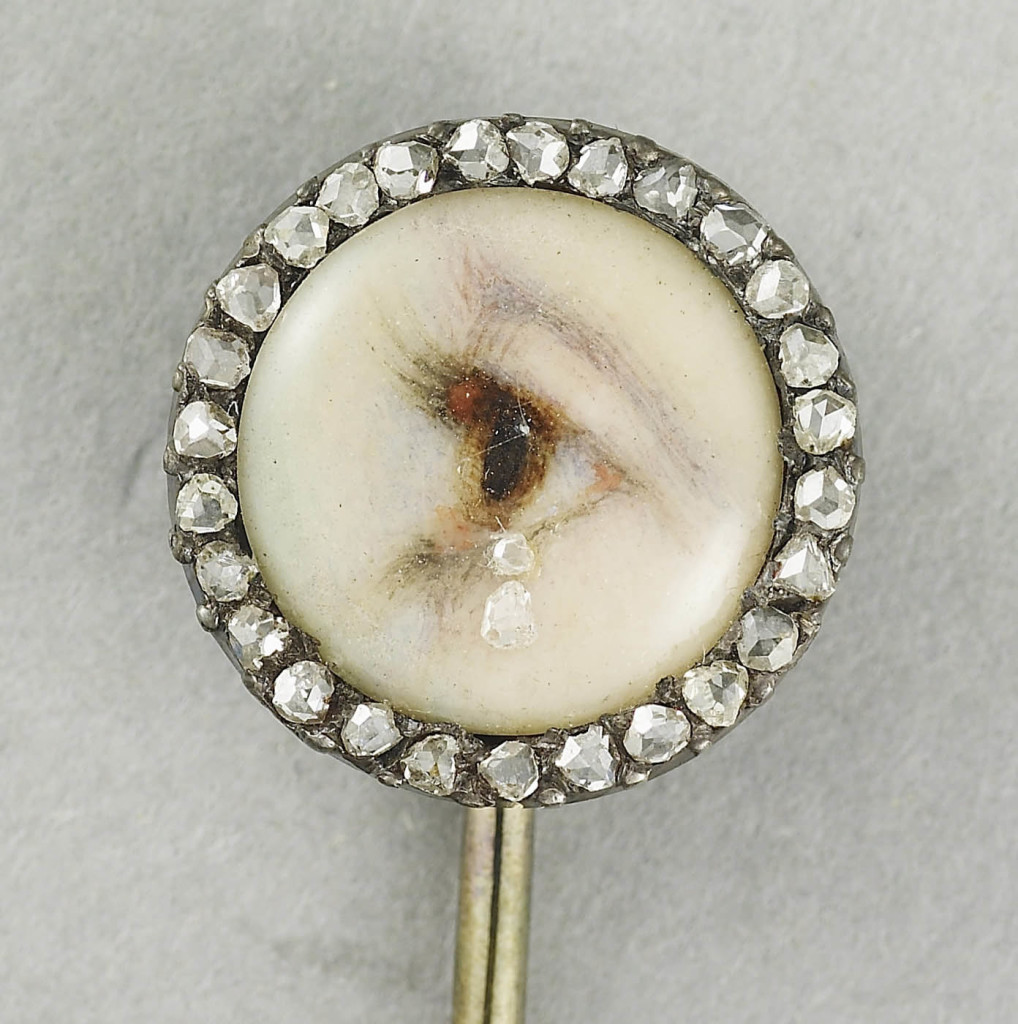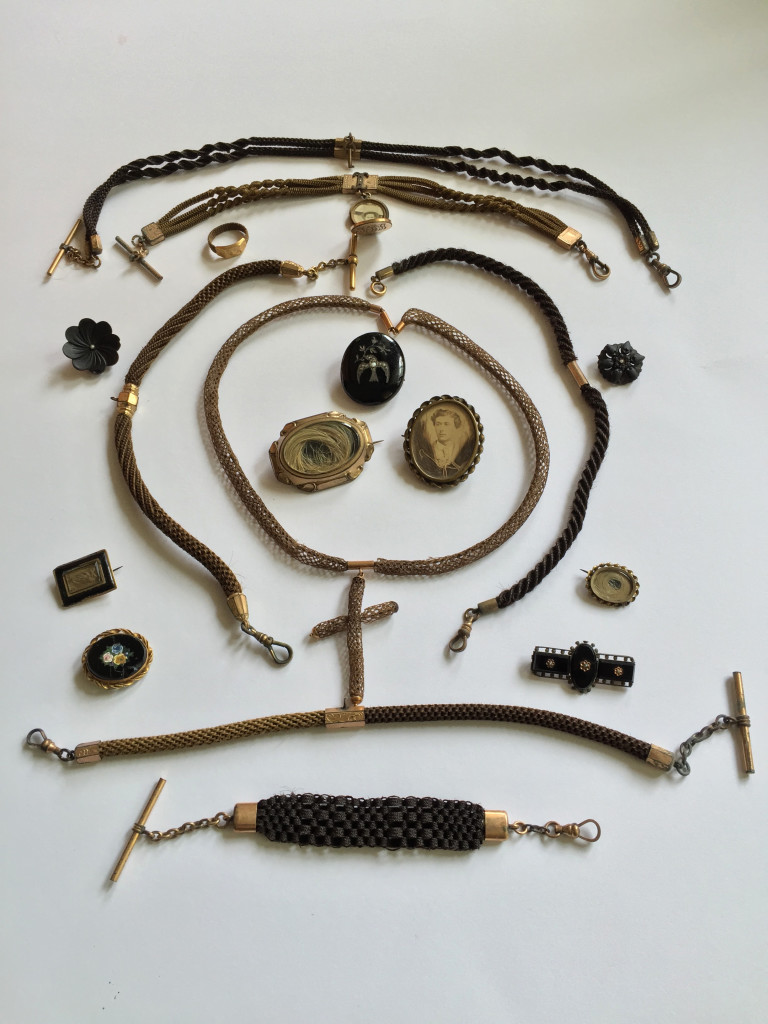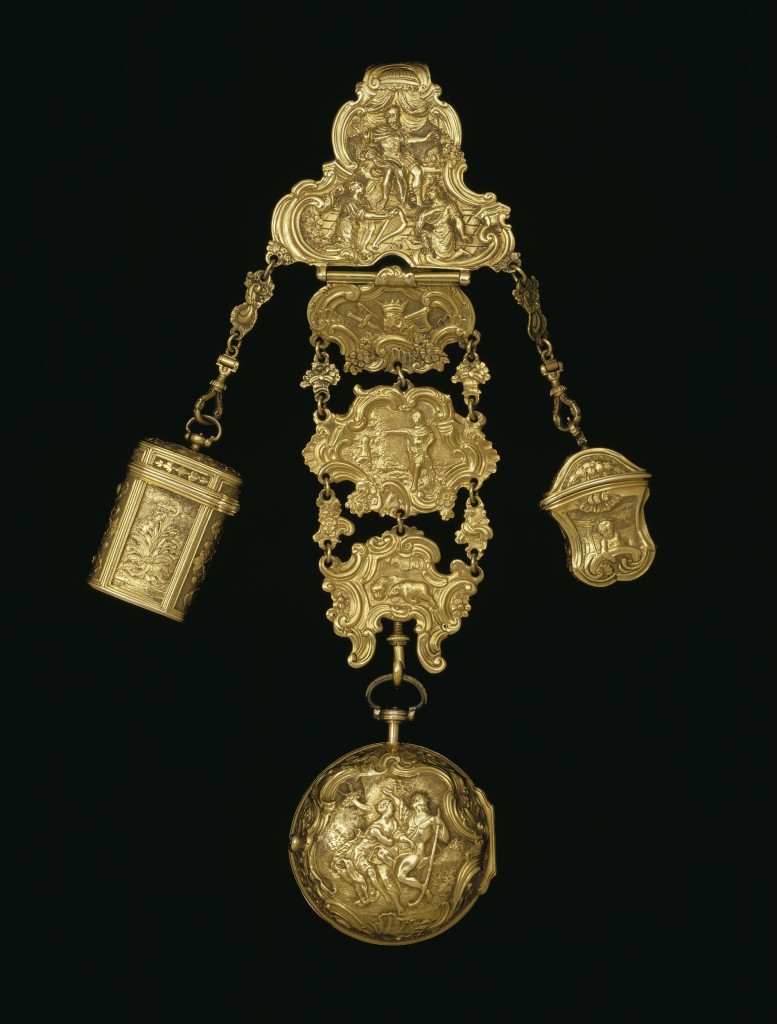Six Degrees of Thorvaldsen: The Figure of Night
In my cabinet there lies a vulcanite brooch I purchased from an antique store in Melbourne. It appealed to me because it is a mourning brooch and symbolised the mourning of children; a particular interest of mine. Little did I know it also connected me in a Kevin Bacon-esque way to Bertel Thorvaldsen (1770 – 1844), a Danish sculptor and one of those lucky few artists who gained significant success within his lifetime.
Vulcanite is a type of early rubber create by Charles Goodyear, it became a very popular form of substitute jet for the jewellery industry in Victorian England. I personally really like the substance. You will have seen a number of vulcanite objects in jewellery stores and online. Often, like this piece, there is a large oval base on to which a secondary piece is firmly attached to create a cameo effect. The cameo-like piece is moulded hence such fine detail can be created. Note there is no evidence of carving, no marks, no modulated surfaces, telltale signs this is moulded. (As a side note, the dealer kept telling me this was jet. I knew otherwise, but the price was fine so I didn’t contradict. I’m sure fellow collectors have similar stories).
Whereas vulcanite brooches often display popular Victorian motifs such as flowers, hands, crosses, and all number of flora; this particular image is not commonly available. But, who is she, this winged woman, this angel who is carrying two children into the heavens? Well, although I didn’t know it when I first saw her, she is Nyx.
Nyx – the ancient Greek mythological figure of night. Let’s not call her the Goddess of night, she is more Night personified – she is night – one of the first created beings, the daughter of Chaos. Pausanias who lived in second century AD was a traveller and writer and is known for his incredible records of the ancient world. He travelled to Olympia where he saw and described the ancient Chest of Kypselos covered in magnificent relief carvings. Pausanias wrote: “There is also a chest made of cedar, with figures on it, some of ivory, some of gold, others carved out of the cedar-wood itself…Now I come to the second space on the chest, and in going round it I had better begin from the left. There is a figure of a woman holding on her right arm a white child asleep, and on her left she has a black child like one who is asleep. Each has his feet turned different ways. The inscriptions declare, as one could infer without inscriptions, that the figures are Death and Sleep, with Night the nurse of both.”
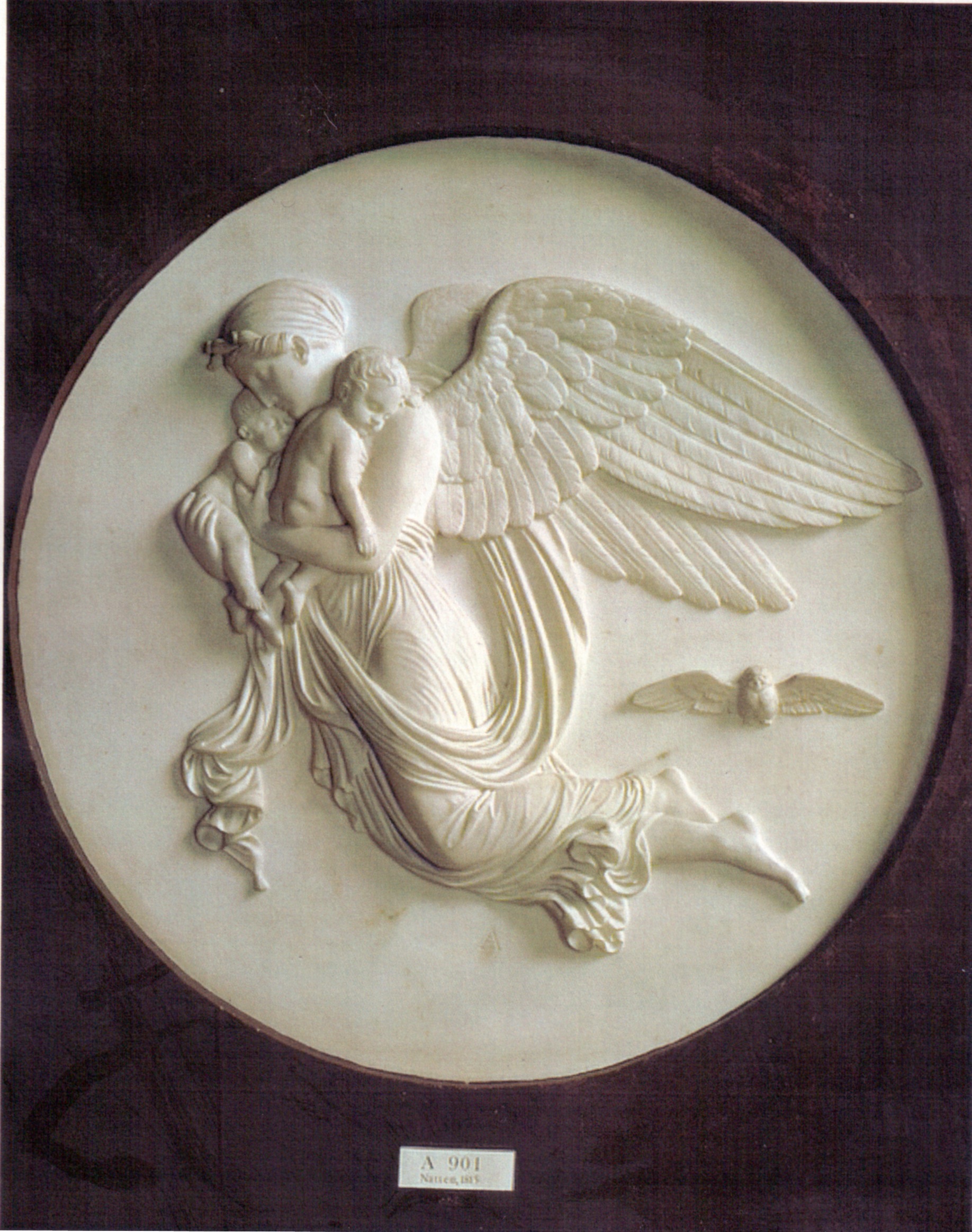
A committed Neo-Classicist the sculptor Thorvaldsen created artworks inspired by Greek and Roman mythology, and would have been familiar with the writings of Pausanias and later depictions of Night as a winged figure. Although Danish, he lived and worked in Rome for forty years. One of his most popular relief carvings created in Rome was the marble panel of Nyx carved in 1815 and pictured here. But how did this image come to be introduced into the everyday vernacular of jewellery fashion in England some decades later?
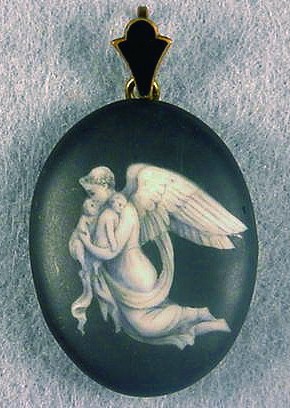
Luckily Charlotte Gere and Judy Rudoe answered that question for me in the British Museum publication Jewellery in the Age of Queen Victoria. As mentioned Thorvaldsen was based in Rome, and every Englishman worth his weight went on the Grand Tour. English sculptor John Gibson studied under Thorvaldsen. Gibson knew the prestigious cameo artists Tommaso and Luigi Saulini. Tommaso trained with Thorvaldsen also. The Saulinis were inspired by the works of both Gibson and Thorvaldsen for their own cameo carvings. Most importantly, Tommaso Saulini created a shell cameo of Thorvaldsen’s ‘Night’ for the 1862 Grand Exhibition in London where it was so popular it won a prize. (pp. 474-475). Today there is another Italian cameo of ‘Night’ circa 1840 in the British Museum carved out of malachite. Therein lies a significant body of evidence that Nyx / Night was a popular and recognised image in Victorian England. Again, this leads us to another question though – why? And why did it resonate so much that it was used in mourning jewellery?
Sleep. Oh, goodness gracious the Victorians were so full of subtext weren’t they? What is night and what is sleep to a Victorian Englishperson than the perfect allegory for death? In fact, the Victorians were so concerned with the ideal death, that moment of spiritual contentment, and then, quiet repose – that sleep is in fact the perfect euphemism. Do you recall the names of the babes in Night’s arms, her sons? Sleep and Death. What is a winged classical figure to a Christian Victorian Englishman or woman? Could we safely assume an angel, carrying the innocent to the glorious haven of heaven?
Within the ritual of mourning, art speaks and provides comfort.
– Marielle Soni






